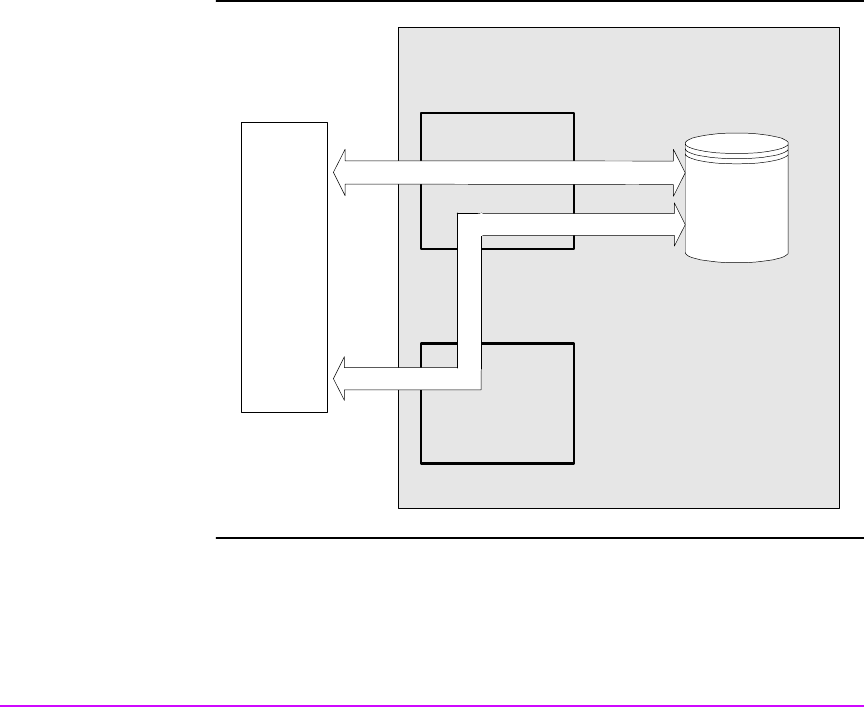HP StorageWorks Virtual Array 7000 Family User and Service Guide (January 2005)
Table Of Contents
- Warranty Information
- Product Overview
- System Configurations
- Lowest Entry Point, Non-HA Minimum Configuration (VA 7100 only)
- Lowest Entry Point, Non-HA Minimum Configuration (VA 7410)
- Entry Level Non-Cluster With Path Redundancy (All VA arrays)
- Entry Level Cluster with Path Redundancy High Availability (VA 7410)
- Midrange Non-Cluster (All VA arrays)
- Midrange Non-Cluster (VA 7410)
- Midrange Non-Cluster with Full Storage Path Redundancy (All VA Arrays)
- Typical Non-Clustered with Path Redundancy (VA 7410)
- Typical Clustered Configuration (All VA models)
- Typical Clustered Configuration (VA 7410)
- HP-UX MC Service Guard or Windows 2000 Cluster (All VA arrays)
- Highly Redundant Cluster (VA 7410)
- Typical Highly Redundant Cluster (All VA models)
- Typical Highly Redundant Cluster (VA 7410)
- Troubleshooting
- Servicing & Upgrading
- Specifications & Regulatory Statements

46 Product Overview
VA 7400/7410 Performance Path
The following example illustrates how the performance path is used in a
VA 7400/7410:
Assume LUN 4 is part of Redundancy Group 2 under Controller 2. An HP-UX
host has two device files that have two separate paths to LUN 4: The primary
device file that addresses Controller 2, and the secondary device file that
addresses Controller 1. The performance path uses the primary device file,
because Controller 2 owns LUN 2. The non-performance path uses the
secondary device file. If the secondary device file is used, data flows through
Controller 1, across the N-way bus to Controller 2, and then to LUN 2 and its
associated disk drives.
Figure 17 Data Paths on the VA 7400/7410
VA 7400/7410
Controller 1
LUN 4 on
RG 1
Controller 2
P
r
i
m
a
r
y
p
a
t
h
Host
Secondary path










